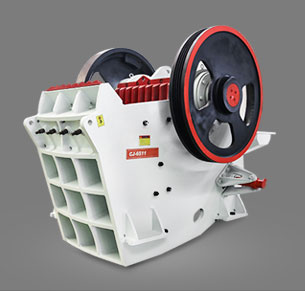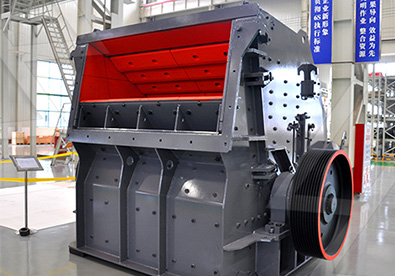An apron feeder is a robust and reliable material handling equipment commonly used in coal handling plants (CHPs) to feed coal uniformly and consistently to crushers, conveyors, or other downstream processes. Here’s an overview of its role, working principle, components, and advantages:
Role in Coal Handling Plants
– Used for controlled feeding of raw coal, crushed coal, or reclaimed coal from stockpiles.
– Ensures steady flow to crushers, screens, or belt conveyors.
– Handles heavy loads, abrasive materials, and high-impact conditions.
Working Principle
1. Material Loading: Coal is loaded onto overlapping steel pans (aprons) mounted on crawler chains.
2. Continuous Movement: Chains are driven by sprockets connected to a motor-reducer unit.
3. Controlled Discharge: The speed of the feeder regulates the discharge rate.
 Key Components
Key Components
1. Pans/Flights – Heavy-duty steel plates that carry the coal.
2. Chains & Sprockets – Provide movement; often hardened for wear resistance.
3. Head Shaft & Tail Shaft – Drive and idler ends with tensioning mechanisms.
4. Frame & Support Rollers – Supports the feeder structure and pans.
5. Drive Unit – Electric motor with gearbox for speed control.
Advantages
– ✔ High durability for abrasive & heavy materials like coal.
– ✔ Minimal spillage due to overlapping pans.
– ✔ Handles large lumps without clogging.
– ✔ Adjustable feed rate via variable speed drives (VFDs).
– ✔ w maintenance compared to belt feeders in harsh conditions.
w maintenance compared to belt feeders in harsh conditions.
Applications in Coal Handling Plants
1. Feeding raw coal from hoppers to crushers/screens.
2. Reclaiming coal from stockyards/bunkers.
3. Feeding boilers or conveyors at controlled rates.
Maintenance Considerations
– Regular lubrication of chains & sprockets.
– Inspection of pans for wear/damage.
– Monitoring chain tension & alignment.
Apron feeders are preferred over belt feeders when handling large-sized, abrasive, or high-impact materials like coal due to their rugged construction and reliability.
Would you like details on sizing or selection criteria?





Leave a Reply